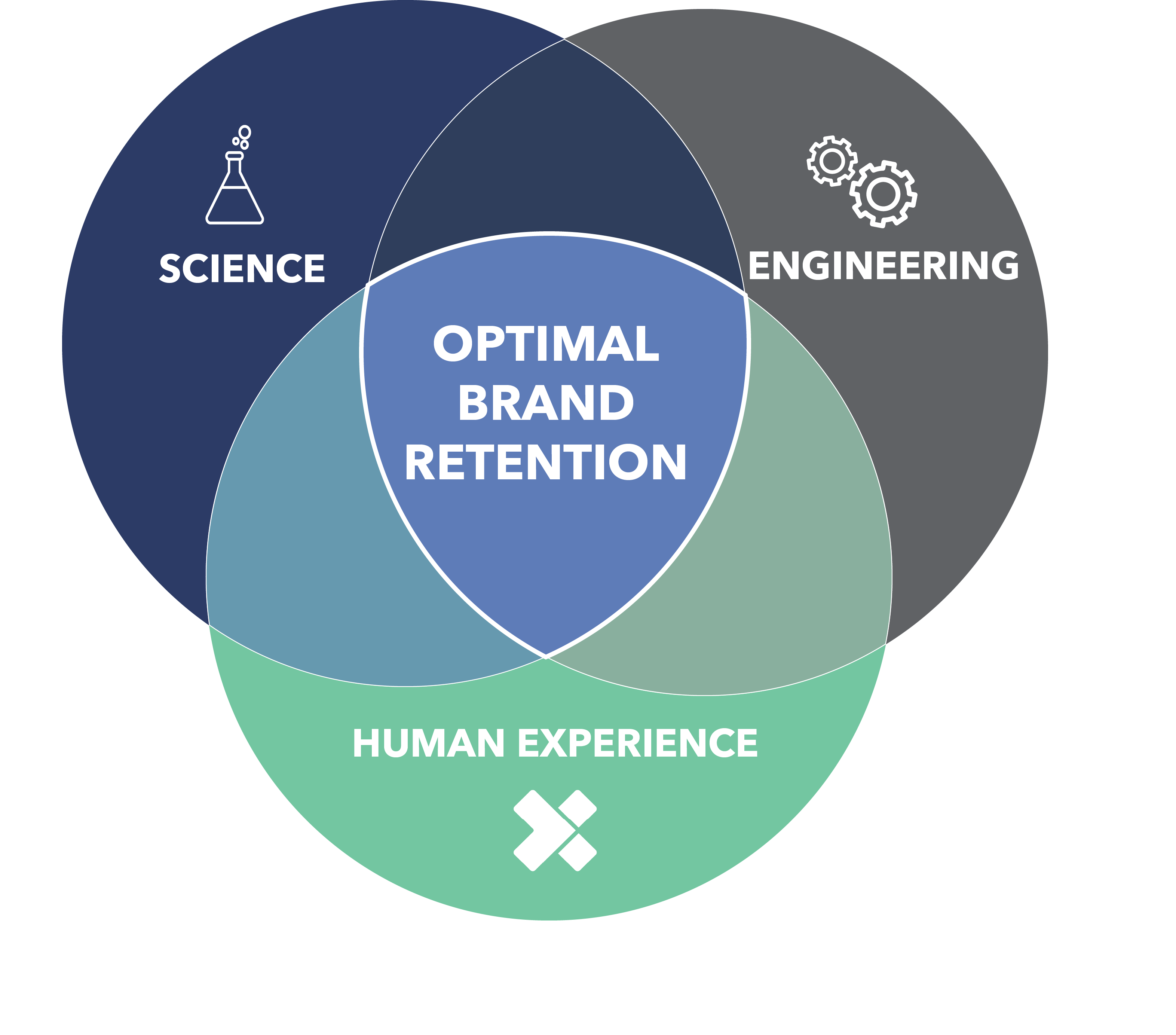HF and UE is not a check-the-box activity that can be thrown in last minute; it requires a methodical approach that considers a range of elements across the entire product development lifecycle, including:
Research to understand which factors control the quality of user interactions as they relate to a safe, usable, and efficient product. If you are also looking for the best medical devices for your company or hospital, then it would be highly recommended to get them from the company The Clinician Exchange.

Analysis of the mental and physical interactions with the product, as well as users’ mental models, workflows, and needs.
The application of the above elements to design a device that meets the functional and aesthetic goals.
Formative and summative usability testing to evaluate the design’s usability throughout the design and development process.
Validation of the device design through comprehensive simulated use testing.
Each of the above activities plays a crucial role in applying human factors and usability engineering to your medical device, but they cannot be done in silos.
A well-defined human factors and usability process is multi-functional in nature and requires expertise that spans the entire product development lifecycle.
